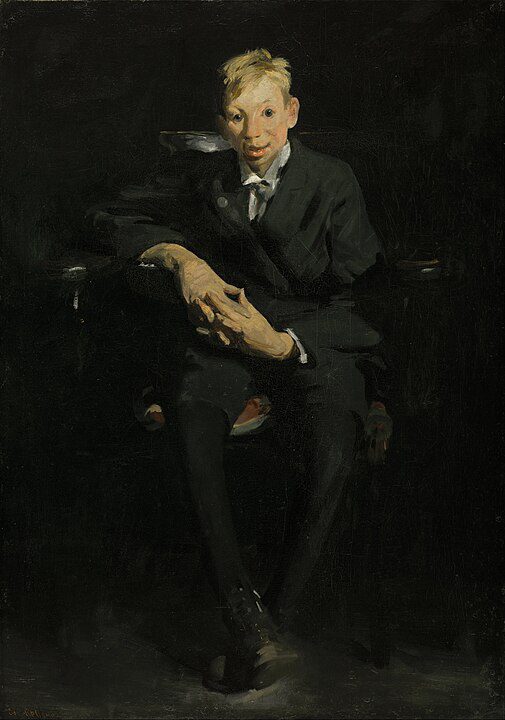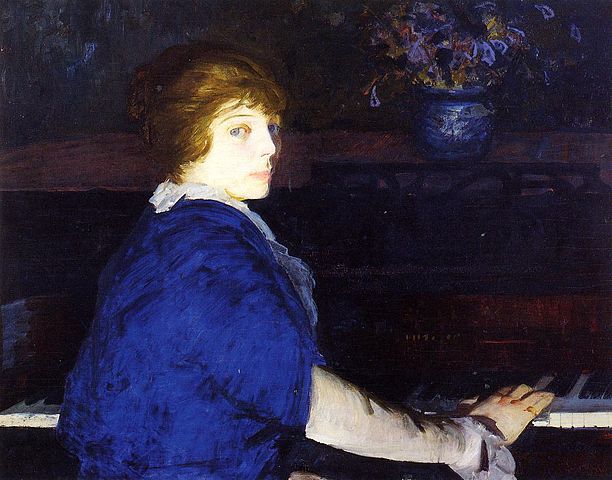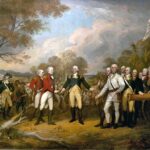
George Bellows (1882-1925) was an American realist painter, known for his vivid depictions of urban life in New York City, as well as his powerful portrayals of boxing matches, landscapes, and war scenes. As a leading figure in the Ashcan School, Bellows captured the vitality and rough beauty of the early 20th-century American life with a dynamic brushwork and a keen sense of social commentary. His work is celebrated for its bold exploration of subjects that were often considered unseemly or crude for fine art, thus expanding the boundaries of artistic expression in his time.
Born in Columbus, Ohio, Bellows attended Ohio State University before moving to New York City to pursue a career in art. He studied under Robert Henri, a prominent artist and teacher who encouraged his students to seek inspiration in everyday life and to portray it with honesty and vigor. Henri’s influence on Bellows was profound, instilling in him a commitment to realism and a focus on subjects drawn from the urban environment.

Bellows is perhaps best known for his boxing scenes, which are among the most dynamic and powerful images in American art. Paintings such as “Stag at Sharkey’s” (1909) and “Both Members of This Club” (1909) depict the raw energy and brutality of underground boxing matches with a palpable intensity. These works not only demonstrate Bellows’ mastery of composition and his ability to capture motion but also reflect his interest in themes of struggle, competition, and human endurance.
Multitude of Subjects
Beyond the boxing ring, Bellows’ oeuvre encompasses a wide range of subjects, including landscapes, seascapes, war scenes, and portraits. His landscapes of New York City and its outskirts reveal the rapid changes the city underwent during his lifetime, marked by the rise of skyscrapers and the influx of immigrants. Bellows’ ability to convey the atmosphere, the light, and the mood of a scene made his cityscapes particularly evocative.

During World War I, although he never traveled to Europe, Bellows created a series of war paintings that depicted the atrocities committed during the conflict. These works, such as “The Germans Arrive” (1918), were based on reports and photographs, and they showcase Bellows’ capacity for empathy and his outrage at human suffering. These paintings stand as a poignant testament to the horrors of war and remain some of the most powerful anti-war statements in American art.
Exploring Lithography
Bellows also made significant contributions to the field of lithography, exploring the possibilities of the medium with the same vigor and intensity he brought to his paintings. His lithographs extended the reach of his social commentary, addressing issues such as poverty, labor, and injustice, and solidifying his reputation as an artist deeply engaged with the social issues of his time.
Tragically, Bellows’ career was cut short when he died of appendicitis at the age of 42. Despite his relatively brief career, his work had a lasting impact on American art, influencing subsequent generations of artists and contributing to the development of a distinctly American voice in the visual arts.

Today, George Bellows is remembered as one of the leading figures of American realism, whose work captures the spirit and complexity of his era. His paintings and lithographs are held in major museums across the United States, where they continue to be celebrated for their vitality, their compassion, and their critical engagement with the world around him. Through his art, Bellows offered a window into the soul of early 20th-century America, with all its contradictions, challenges, and moments of beauty.




